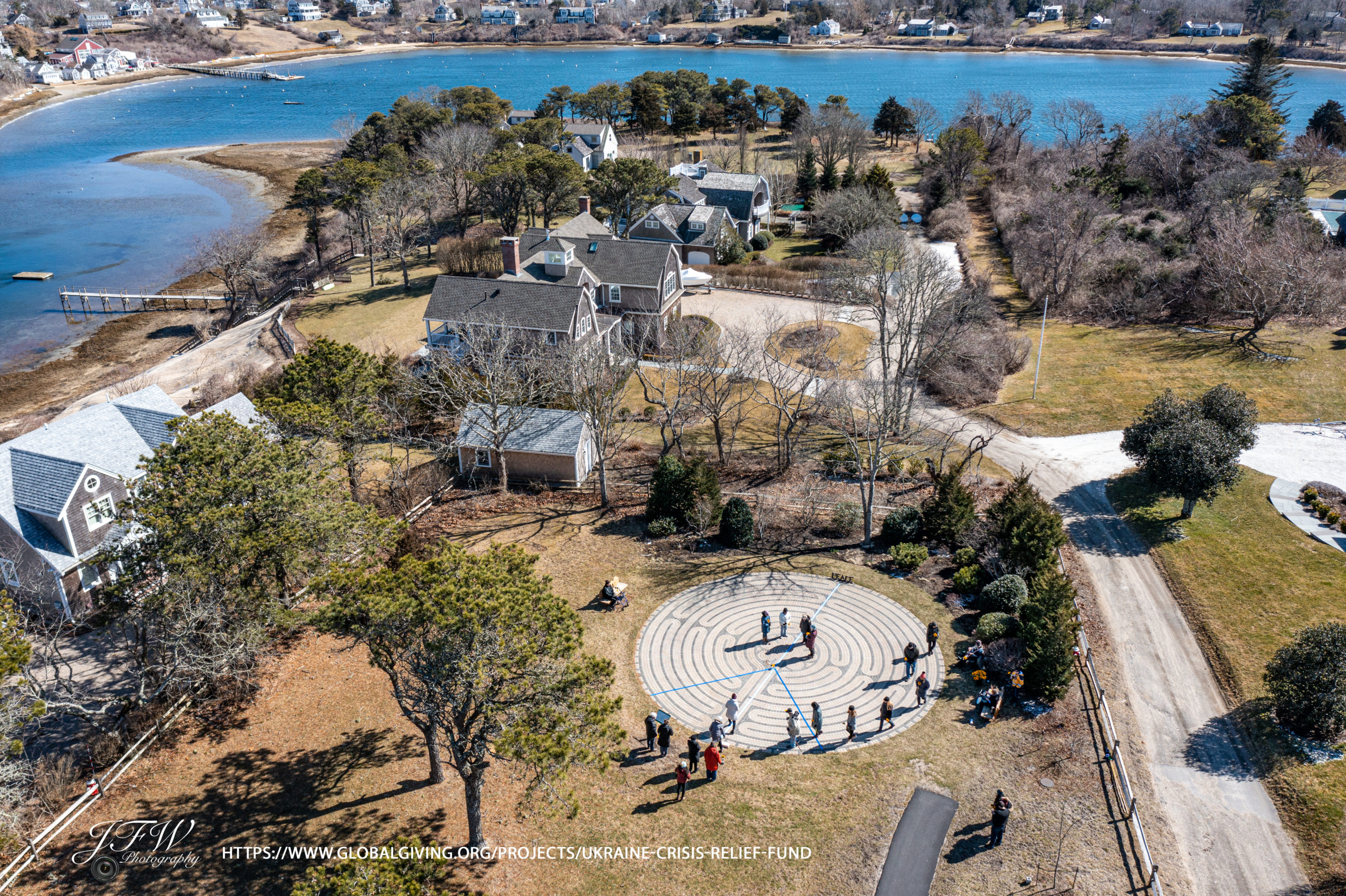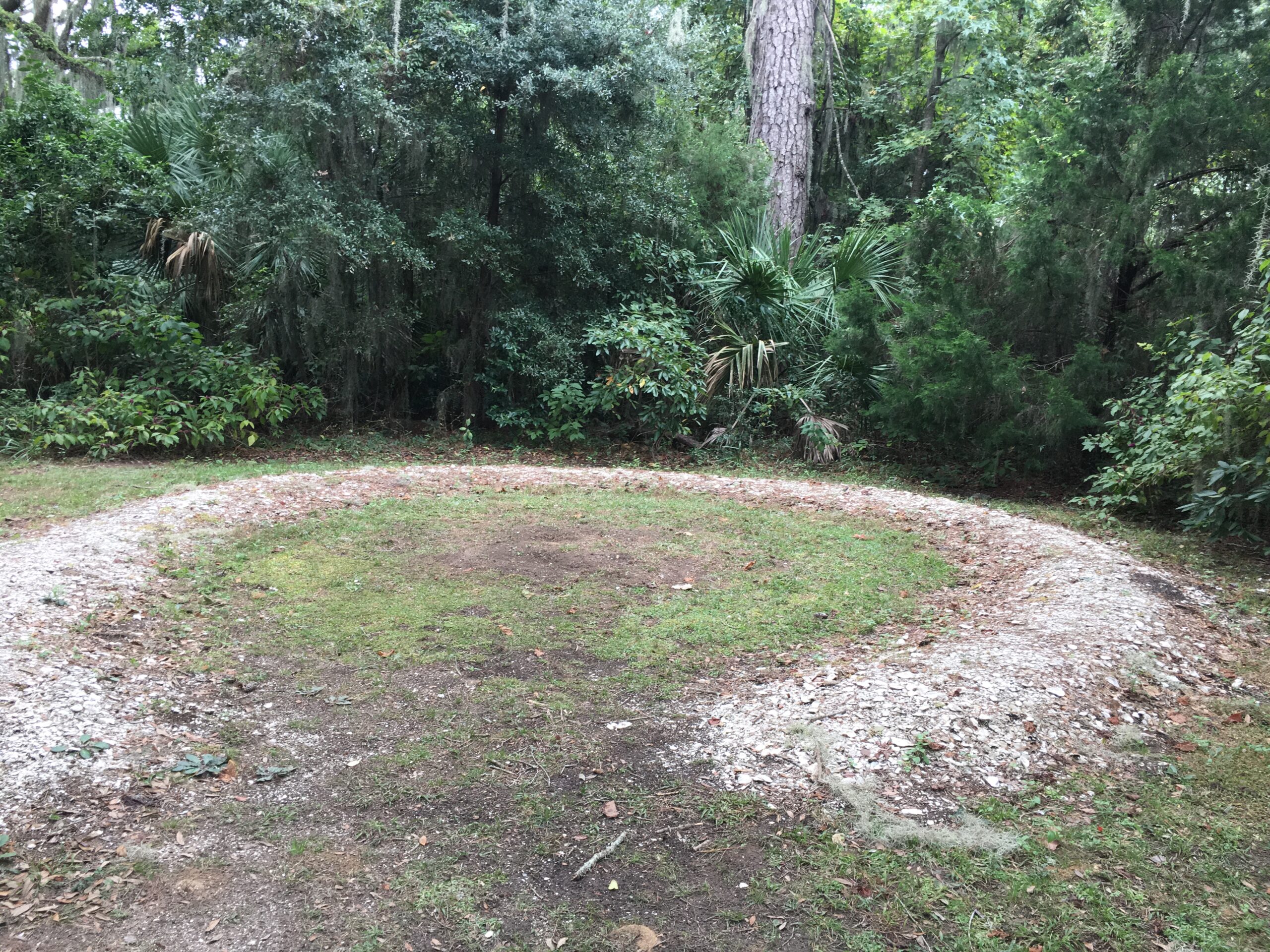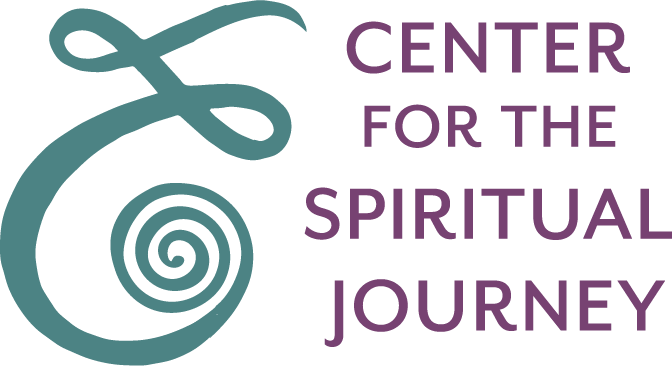Spirituality & Social Justice
“Spiritual life does not remove us from the world, but leads us deeper into it”.
—Henri Nouwen
Our mission: To be a safe place to grow our social justice selves; coming from a deeper love. We will do this by providing a continuum of educational and learning experiences that lead to a pathway of partnerships and action.
Dear Friends,
We meet on the 3rd Thursday of the month via zoom.We invite you to join us; to “be a part of the change we wish to see” in our beautiful, hurting world. We acknowledge and embrace the idea that “we learn and grow as much with our questions as we do with the answers”. Let’s learn and practice together; let’s imagine new possibilities and ways of being in the world that foster listening and learning, understanding and compassion, peace and justice for all of us.
This transformational work we feel called to is in the context of a journey – we invite you to join us, as together we journey towards a common vision of a more inclusive, equitable, and sustainable world – held as sacred by all.. for all.
So please come as you are; all are welcome and we offer this reminder from Valarie Kaur….“Revolutions do not happen only in grand moments in public view, but also in small pockets of people coming together to inhabit a new way of being.”
Local Events
Local News
Click on title below for an article in the Provincetown Independent newspaper.
Resources
- 21 Day Racial Equity Challenge
- 21 Day Racial Equity Indigenous Challenge
- Mashpee Wampanoag Tribe website
- Mashpee Wampanoag Museum
- Zion Union Heritage Museum
- Some of the Plymouth 400 anniversary videos that provided a history of the Wampanoag experience
- Ladder to the Light – A Conversation with Steven Charleston and Sarah Quint
- Indigenous Leaders Call for LandBack Reform
- List of Wampanoag Authors
- Wampanoag Shells – Marcus Hendricks
Bibliography
- Black Like Me, John H. Griffin
- Ladder to the Light, Steven Charleston
- Mindful of Race: Transforming Racism from Inside Out, Ruth King
- My Grandmother’s Hands, Resma Menakem
- The Mashpee Nine, Paula Peters
- Wampanoag Art for the Ages: Traditional and Transitional, Lee Roscoe
- White Fragility, Robin Diangelo
- White Like Me, Tim Wise
Stories from our Community

Land Acknowledgment and Its Story
Hello!
I am Anne Bonney, one of the co-founders of the “Center for the Spiritual Journey” in Chatham, Cape Cod, MA and co-director of the Chatham Labyrinth Project.
I am delighted to share with you some of the questions and wonderings we too had on our journey toward developing an authentic land acknowledgment with our indigenous neighbors, the Wampanoags.
When we first opened our big green barn doors in 2013, we had a different name – “Pilgrim’s Landing”, after all we were in the land of the Mayflower! But mainly we chose this name because our intention was (and still is) to be a safe, educational and spiritual landing open to all seekers – all pilgrims, wherever they are on their spiritual journeys.
In the last two years, the Board at Pilgrim’s Landing began to have a growing awareness of its’ desire for a deeper commitment to our values around equity and inclusion. We formed a Spiritual and Social Justice Committee and facilitated a program called “The 21 Day Racial Equity Indigenous Challenge”. (Over 40 participated on Zoom) It was an incredible learning experience – dare I say transforming! We became aware of the full history of the land and its original people whose home this land had been for literally thousands and thousands of years, certainly before the Pilgrims and the Mayflower in our part of the world.
This was a history we were never taught in school – sad and tragic stories of what our indigenous neighbors suffered and endured because of European colonization. During this time it became clear to the Board of Pilgrim’s Landing that we needed to change our name to better reflect our values around inclusion. Today our new name is the “Center for the Spiritual Journey”.
The more we learned, the more we began to care deeply about becoming better allies of our indigenous neighbors. But how? How to do this? How do we ever begin to connect? We had read about land acknowledgments and it seemed like a place to start.
The 10th anniversary of the Chatham labyrinth was coming up so why not acknowledge the land on which the labyrinth was built by recognizing and honoring the original inhabitants? But who were they? I began to do some research and it was amazing what I learned about our neighboring tribe, the Wampanoags. With the help of others, I volunteered to write the first draft of the acknowledgment and make initial contact with Darius Coombes, the Cultural Coordinator for the Wampanoags. Darius sent back examples and guidelines and then took our draft to the Council for final approval.
Land Acknowledgment :
Pilgrim’s Landing acknowledges that this land on which the labyrinth has been built and which remains under our care, is part of the ancestral land of one of the 67 communities of the Wampanoag nation, named Monomoit.
We gather here today with gratitude for a culture that honors their ancestors, the teachings of the natural world and the interconnectedness of all things. May we, the current occupants of this land, hear this call.
We understand with deep regret that our presence here comes at great expense to the original inhabitants, the Monomoyicks, who lived in this sacred place. Here is where their land and lives were taken, and their thousands of years of history and culture usurped by European colonization.
We wish to recognize the enduring relationship that still exists between the Wampanoag people and their traditional territories and the many cultural contributions they continue to make across the Cape and Islands and beyond.
Today, we take a step toward remembering these truths, and to invite a new story based on friendship and collaboration across our communities. We make a commitment to educating ourselves and our community about the full history of the original people of this region and to honoring the Wampanoag culture and wisdom, past, present, and future.
As is true for all Land acknowledgments, it does not end here nor should it. We want to be more than just “optical allies”; we want to build relationships and continue to learn. And so, in keeping with the commitments we made in the last paragraph of the acknowledgment, we continue to reach out.
I notified Darius of our name change away from Pilgrim’s Landing to the Center for the Spiritual Journey – one small step toward more inclusion, to take some responsibility and to make some small repair.
We continue to read books and articles written specifically by local tribal members and we carry books in our Book Store.
We have invited speakers to come to our meetings.
Our Spirituality and Social Justice Committee has taken a field trip to the Wampanoag Museum in Mashpee. Several members have gone on historical walks led by a Wampanoag Elder.
We are excited to attend the Pow Wow this summer.
And so, the drum that beats for all goes on. We continue to learn and reach out to build trust and hopefully, one day, friendship with these remarkable people who have so much to teach us.
Respectfully submitted, Anne Bonney

Hilton Head’s First Natives and Shell Ring
Sea Pines Shell Ring (38BU7)
(Archaeological sites in the U.S. are identified by the code assigned to it, its nomenclature. The first number, 38, represents South Carolina, the 38th state in alphabetical order; BU stands for Beaufort County; and the last number, 7, indicates it was the 7th recognized archaeological site in Beaufort County.)
Located in the center of the 605-acre Sea Pines Forest Preserve, a 4,000-year shell ring built of discarded oyster shells and fish bones collected for over a millennium was excavated in 1963 by Alan Calmes. Years later, in 2016, Dr. Sanger, who was then with Binghamton University’s Public Archaeology Program, re-excavated the shell ring in using newer technologies such as ground penetrating radar.
Composed of hundreds of thousands of discarded oysters, clams, mussels and animal bones, the Sea Pines Shell Ring once stood two to three feet tall, stretching 150 feet across. Most of it is now covered in soil, making it barely distinguishable from the surrounding ground.
If it weren’t for some interpretive signs, most visitors to Sea Pines Forest Preserve would walk past the raised circle of ground between Lake Joe and Lake Thomas unaware it’s an archaeological site.
Why did the Native Americans build these shell rings and what purposes did they serve?
A number of theories have been debated over the years. Some believe the rings were circular villages inhabited by Native Americans, who simply discarded the waste from their daily meals. Others think they were gathering spots for religious ceremonies, and the piles of shellfish the remains of large feasts.
A dig of the shell arc has revealed valuable information about the inhabitants’ diet and lifestyle.
“We have found food remains from all four seasons, indicating that people lived at the site year-round,” explained Dr. Sanger. “We also found evidence of religious ceremonies. We believe they may have hosted gatherings in the village on occasion.”
The interior of the circle or “plaza” was kept remarkably clean. A team of graduate students led by Sanger found evidence of what appeared to be the corner of a house. Artifacts extracted and Dr. Sanger’s final report will be available to the public at the Coastal Discovery Museum, curator of all archaeological artifacts extracted from Hilton Head Island.
The shell ring dates back to 8000 BC – 1000 BC during the Archaic Period. The Native Americans visited Hilton Head Island seasonally. The Shell Rings discovery helps to know that they were there.
The shell ring was an original refuse heap and the Indigenous natives lived in the interior of the ring. Many of the rings had shells removed to make tabby for roads and buildings on the island.
A shell ring is in Sea Pines near the east entrance to the Sea Pines Preserve. Others, on Squire Pope Road and still others along Skull Creek had shell removed for other purposes. Its size makes it seem to be the ‘Home” of a small group. Maybe a family.
Submitted by Cathy Weston
